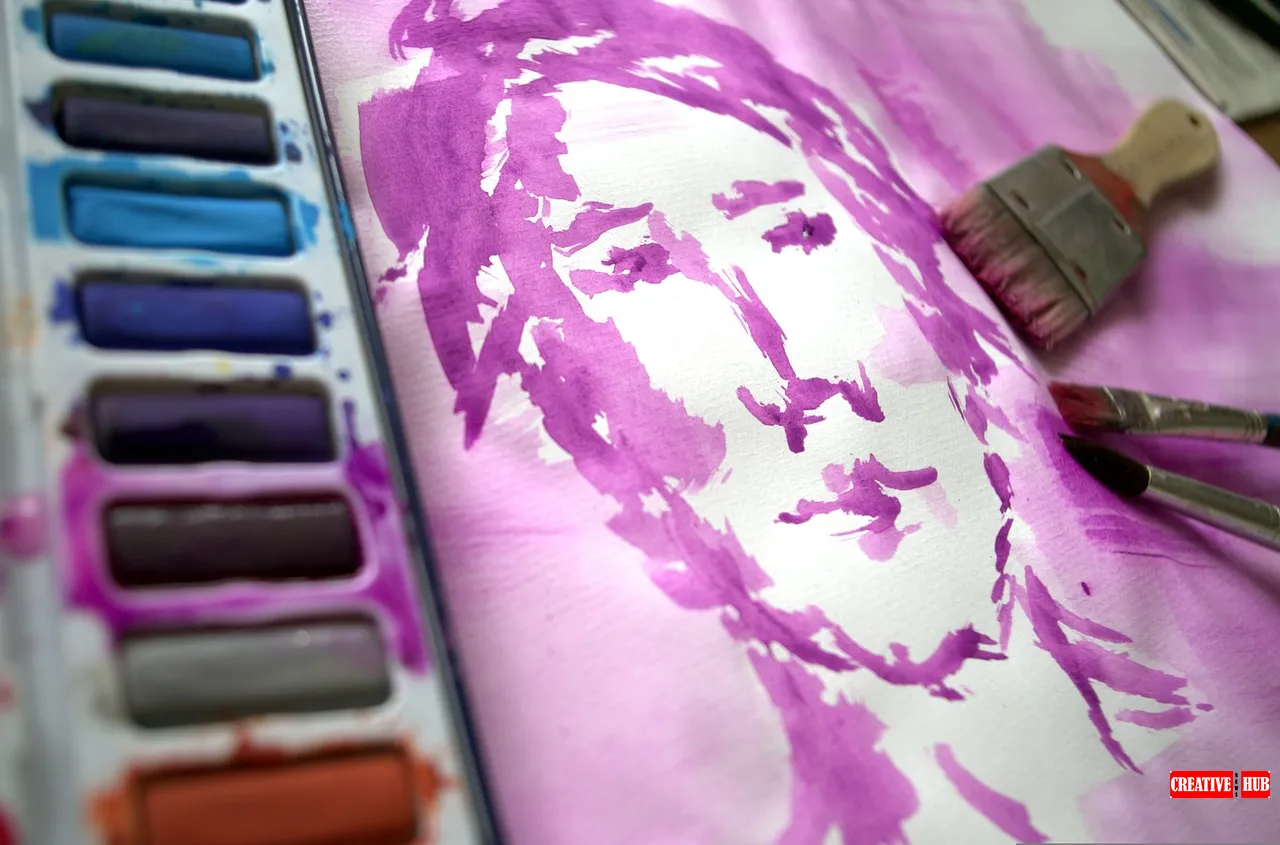Today, artists face a unique challenge: standing out in a saturated market while staying true to their creative vision. The art world no longer relies solely on galleries and exhibitions for success. Instead, artists are increasingly adopting strategic marketing techniques to create demand for their work and build sustainable careers.
Effectively employing these strategies can significantly impact an artist’s journey toward success. Artists must understand the importance of creating demand for their art. This isn’t just about increasing sales; it’s about establishing a presence, building a brand, and connecting with an audience on a deeper level.
Setting realistic expectations and nurturing genuine relationships is key for artists to enhance their visibility and credibility in the art market. This approach requires balancing ambition and practicality, ensuring artists can sustain their creative pursuits while achieving their professional goals.
Understanding the Art Market Landscape
The art market is dynamic and ever-evolving. To remain competitive, artists must stay informed about the latest trends and shifts. Understanding this landscape is crucial for developing effective marketing strategies. By analyzing the market, artists can identify potential opportunities and tailor their approach to meet the demands of collectors and art enthusiasts.
Moreover, artists should familiarize themselves with the different segments of the art market. This includes recognizing the differences between primary and secondary markets and the role of online platforms in expanding an artist’s reach. By gaining insights into these aspects, artists can better position themselves and their work to attract the right audience.
Crafting a Unique Artistic Voice
A distinct artistic voice is a powerful tool in marketing art. Artists must refine and develop their unique style to distinguish themselves from others. This involves exploring personal themes, experimenting with different mediums, and consistently producing high-quality work. A strong artistic voice captivates audiences and fosters a loyal following.
Artists should self-reflect and seek feedback from peers and mentors to cultivate this voice. By understanding their strengths and areas for growth, artists can refine their work and align it with their creative vision. This process is essential for building a brand that resonates with audiences and stands the test of time.
Building an Engaging Online Presence
Artists must have an online presence. Social media platforms, personal websites, and online galleries allow artists to showcase their work to a global audience. Artists should create engaging content that reflects their artistic journey and connects with their audience personally.
Consistency is key when building an online presence. Artists should regularly update their platforms with new work, behind-the-scenes content, and insights into their creative process. Engaging with followers through comments, messages, and collaborations can also strengthen relationships and expand an artist’s network. By leveraging these digital tools, artists can increase their visibility and reach a broader audience.
Leveraging Networking and Collaborations
Networking and collaborations significantly influence an artist’s marketing strategy. Building relationships with fellow artists, collectors, gallery owners, and industry professionals can open doors to new opportunities and enhance an artist’s reputation. Networking events, art fairs, and workshops provide valuable platforms for artists to connect with others in the industry.

Collaborations can amplify artists’ reach and introduce their work to new audiences. By partnering with other artists or brands, artists can create unique projects that combine different styles and perspectives. These collaborations enrich an artist’s portfolio and foster community and support within the art world.
Implementing Effective Pricing Strategies
Pricing artwork appropriately is a crucial aspect of art marketing. Artists must consider materials, time invested, and market demand when setting prices. A well-thought-out pricing strategy ensures that artists receive fair compensation for their work while remaining competitive.
Artists should also be open to adjusting their prices based on feedback and market trends. Different price points, such as limited editions or smaller works, can appeal to a wider range of buyers. Transparent pricing builds trust with collectors and encourages long-term relationships, ultimately contributing to an artist’s success.
Embracing Continuous Learning and Adaptation
In the rapidly changing art world, continuous learning and adaptation are vital for artists to maintain relevance and competitiveness. Staying informed about new tools, technologies, and methodologies can significantly enhance artists’ ability to create and market their work. This involves keeping up with artistic trends and understanding consumer behavior and preference shifts.
Artists should actively seek opportunities for professional development, such as attending workshops, enrolling in courses, or participating in online webinars. These educational experiences can provide fresh perspectives and skills that enrich an artist’s practice. Furthermore, being open to feedback and criticism allows artists to continuously grow and refine their work.
Adapting to new circumstances, whether technological advancements or economic changes, ensures that artists remain flexible and resilient. By fostering a mindset of lifelong learning, artists can navigate the complexities of the art market and sustain their creative endeavors.
Using Analytics and Data-Driven Insights
Incorporating analytics and data-driven insights into an artist’s marketing strategy can enhance decision-making and optimize outcomes. Analyzing data from online platforms allows artists to gain valuable insights into their audience’s demographics, preferences, and engagement patterns. This information helps artists tailor their content and marketing efforts better to meet the needs and interests of their audience.
Artists should use social media analytics, website metrics, and email marketing statistics to track their progress and adjust their strategies accordingly. Understanding which types of content resonate most with their audience allows artists to focus on creating impactful and engaging work. Moreover, data-driven insights can inform pricing strategies, helping artists set competitive prices that reflect market demand.
Leveraging analytics allows artists to make informed decisions that enhance their visibility and reach, leading to increased demand and success in the art world.
Exploring Alternative Revenue Streams
Diversifying income sources can provide artists with financial stability and reduce dependency on traditional art sales. Exploring alternative revenue streams allows artists to monetize their skills and creativity in various ways, ensuring a more sustainable career.
Artists can consider offering workshops, online classes, or tutorials to share their expertise with aspiring creators. Licensing artwork for use in products, such as apparel or home decor, can also generate additional income. Furthermore, artists can explore opportunities in digital art and NFTs, which have emerged as popular and lucrative markets.
By diversifying their revenue streams, artists can mitigate financial risks and create a more resilient business model. This approach supports their artistic practice and allows them to invest in new projects and continue their creative journey without financial constraints.
Cultivating a Strong Collector Base
Building and maintaining a strong collector base is essential for long-term success in the art world. Artists should establish meaningful relationships with collectors who can advocate for and support their work. Personalized communication, such as updates on new projects or exclusive previews, can strengthen these connections and encourage repeat purchases.
Offering collectors a sense of exclusivity and involvement in the artist’s journey fosters loyalty and trust. To enhance the collector experience, artists can host private viewings, invite collectors to studio visits, or create limited-edition works. By prioritizing these relationships, artists can cultivate a dedicated following that supports their career growth and artistic evolution.
A robust collector base provides financial support and enhances an artist’s reputation and credibility in the market. As collectors share their acquisitions with others, artists benefit from increased exposure and opportunities for collaboration and exhibition.

Jim Smith is a passionate writer who explores the intersections of arts, design, and technology, with a special focus on education, freelancing, and the evolving world of UX design. His work delves into creative trends, skill-building, and the future of digital innovation, inspiring readers to embrace growth and creativity in the modern era.








